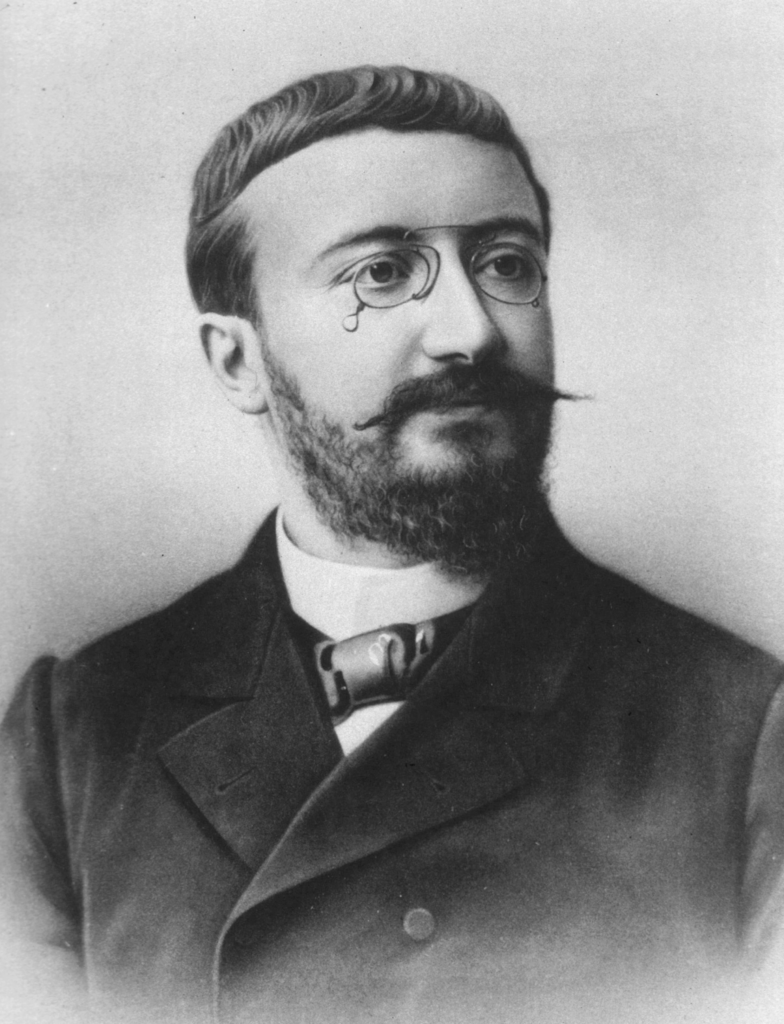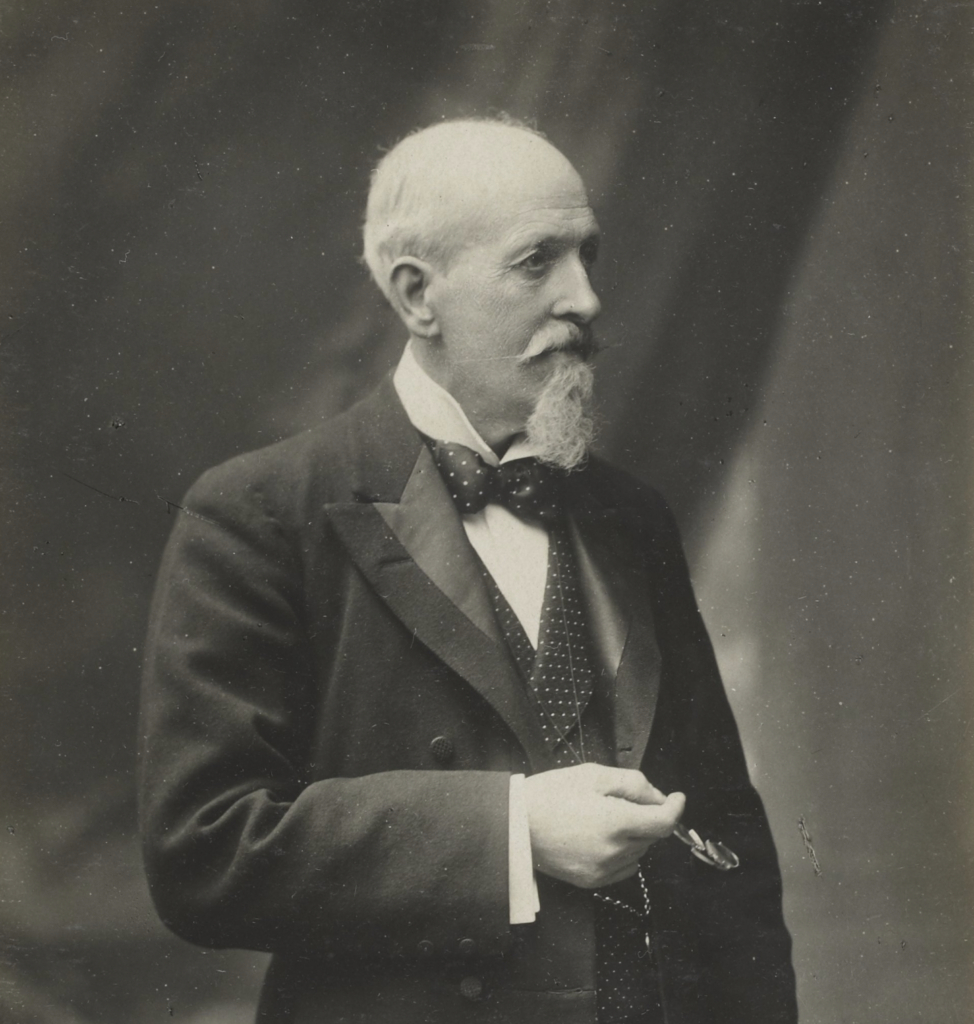The following is a brief excerpt from my book on intelligence (description accessible at: https://amzn.to/41OPIXm).
In 1904, Alfred Binet was the director of the psychology laboratory at the Sorbonne in Paris. The Minister of Public Education commissioned Binet to develop tests to identify less capable students who should be provided some form of special education. To this purpose, Binet set out to develop a series of tests connected to everyday types of cognitive processes such as counting coins, ordering numbers, comprehending readings, and identifying patterns. His intent was to construct tests that measure innate intelligence and are relatively knowledge free.

Between 1904 and his death in 1911, Binet designed a sequence of tests that he normed, based on average performances of students of each age up to 16 years. He wrote:
It is a specially interesting feature of these tests that they permit us, when necessary, to free a beautiful native intelligence from the trammels of the school.
Each student worked through the battery of tests until reaching the first test at which he was unsuccessful. Binet called the age assigned to this test his mental age. By subtracting the student’s mental age from his chronological age, Binet obtained a single number that became his measure of the student’s intelligence. In 1912, German psychologist William Stern modified Binet’s measure by dividing the mental age by the chronological age and multiplying by 100 to obtain a whole number. With this, the concept of IQ (Intelligence quotient) as a measure of intelligence was born.
IQ = Mental age ÷ Chronological age × 100 (for ages ≤ 16 years)
Dividing by the chronological age created a metric that enabled the comparison of all children of the same age. This means that a 12-year-old child who has a measured IQ of 115, should also register an IQ of 115 the next year, since her intelligence relative to her age cohort has not changed.

What began as an attempt to assess individual student readiness for instruction evolved into a test of student learning ability. In 1904, English psychologist Charles Spearman discovered that students who do well in one subject area like mathematics usually (but not always) do well in languages. He assumed that there must be a general capacity for learning that differs among individuals. Using a mathematical technique known as factor analysis, he proposed the existence of a general intelligence, g, that is unique to each individual. IQ tests such as the Stanford-Binet, Weschler, and Raven’s Progressive Matrices arose to measure this g.
